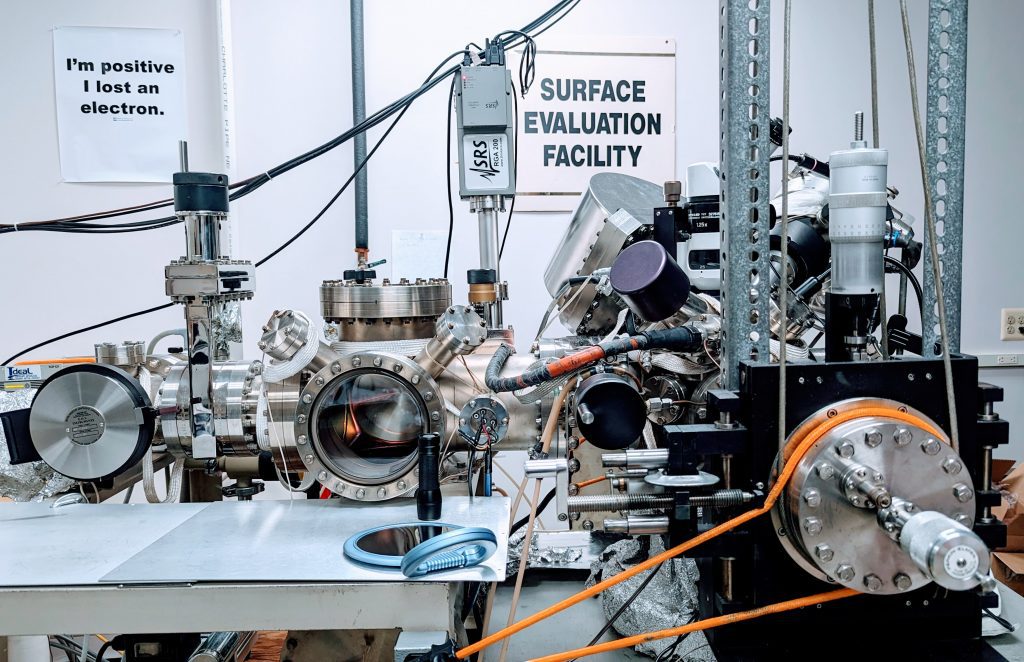At Anderson Materials Evaluation, Inc., we offer comprehensive elemental composition analysis using a variety of advanced quantitative analytical spectroscopies. These methods help us determine the elemental makeup of materials accurately and efficiently.
Our Elemental Composition Analysis Techniques
- X-ray Photoelectron Spectroscopy (XPS or ESCA): Provides highly sensitive surface analysis, ideal for studying surface contamination, adhesive bonding issues, and corrosion initiation.
- Energy Dispersive X-ray Spectroscopy (EDX or EDS): Useful for deeper analysis, often employed to identify metal alloys and surface characteristics.
- Wavelength Dispersive X-ray Fluorescence Spectroscopy (WD XRF): Effective for analyzing bulk composition, especially in materials like concrete, glass, and ceramics.
- Laser-Induced Breakdown Spectroscopy (LIBS): Offers small volume analysis and is integrated with advanced imaging technologies to provide detailed compositional insights.
Choosing the Right Technique
When making a decision about which technique to use for a given elemental composition analysis, it is important to bear in mind these essential characteristics of each technique:
- Depth of analysis
- Area of analysis
- Which elements can be detected
- How quantitative are the results for given elements
- What are the detection limits for a given element
In these respects, our several elemental analysis capabilities are complementary.
Applications of Our Techniques
- XPS: Ideal for surface analysis, XPS helps in understanding surface treatments, catalytic activity, and adhesive issues.
- EDX: Useful for identifying metal alloys and surface compositions, particularly when analyzing large areas or bulk materials.
- XRF: Excellent for determining the composition of metals, concrete, and other materials, especially for compliance with standards like RoHS.
- LIBS: Provides fast, small-scale analysis of material compositions, integrated with advanced microscopy for detailed examination.
For more detailed information on our techniques, look at our “Elemental Composition Analysis – In-Depth” page.
Consult with Us
Choosing the right analysis method is crucial for effective material characterization. At Anderson Materials Evaluation, we help you determine which technique best meets your needs. Contact us to discuss your specific requirements for elemental composition analysis.

